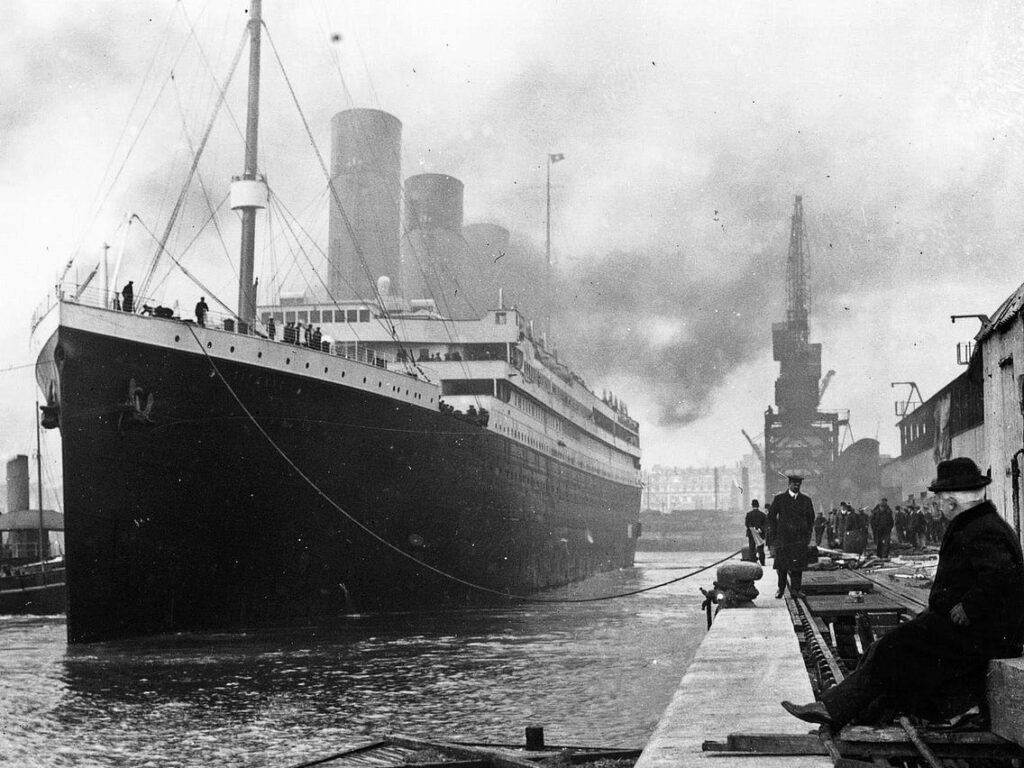Titanic, the doomed ship that sank on April 14, 1912, during its first and last ever voyage from Southampton to New York is back in news now. For long, its captain Edward Smith had been blamed, who had died with the ship, for having ignored the warnings, and sailing too fast. There were even claims that he had been drunk that night.
Now, a high court judge has given the green signal that could potentially clear his name of those accusations. Earlier this week, Rebecca Beach Smith, a federal judge in Virginia, said: “The Marconi device has significant historical, educational, scientific and cultural value as the device was used to make distress calls while the Titanic was sinking.”
That coupled with the deterioration is enough to justify its removal, even if that requires “limited cutting” of the ship’s hull, she ruled.
The sunken ship’s wireless Marconi telegraph equipment found in the Marconi suite of the upper deck of the ship, could provide insight into what had gone down. To retrieve the machine, salvagers will need to cut open the ship’s hull with a remotely-operated vehicle (ROV) but a court ruling in 2000 prohibited the removal of any artefacts from the wreck.
Twenty year later, the company has successfully challenged that ruling, citing concerns that the room and its contents could be destroyed by the ship’s deteriorating condition.
If retrieved, it could help unravel the mystery of the “unsinkable” ship’s final moments, provide new insight into the messages that the vessel sent and received before it struck the iceberg, as well as the distress calls it sent out as it sank.
The company, RMS Titanic, wants to recover the sunken ship’s wireless Marconi telegraph, which has been called the “last voice” of the Titanic.

